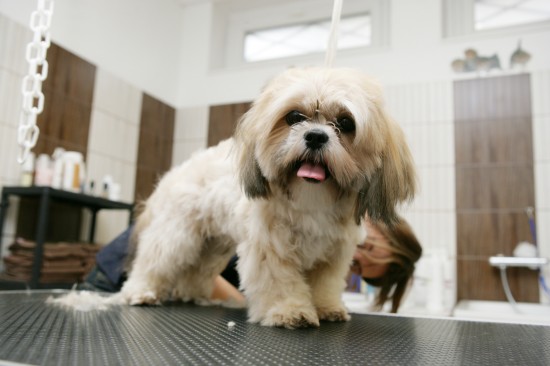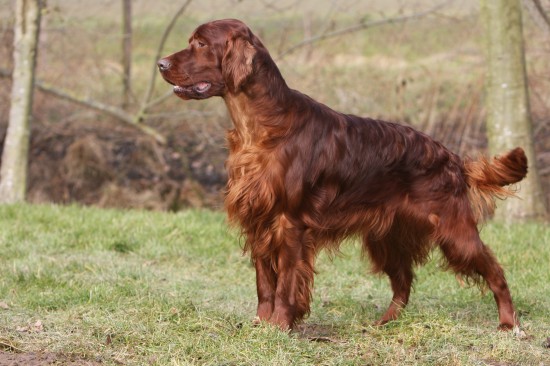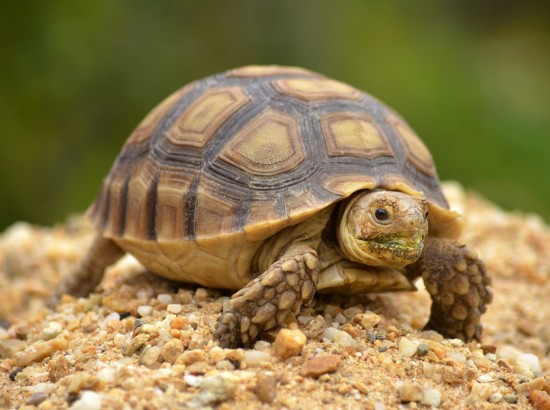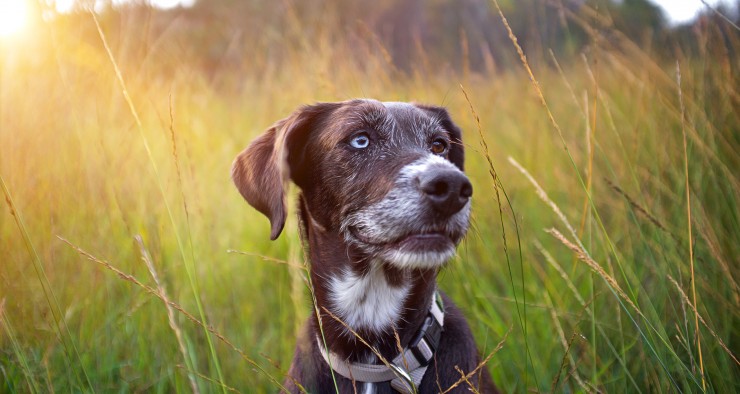

If your dog is groomed and brushed regularly, you should never find yourself in the position of having to deal with patches or clumps of matted fur, which can be unpleasant for both you and your dog! However, some dogs are particularly prone to fur matting, and even with conscientious grooming, it can be difficult to keep on top of things and spot potential problem areas before an issue arises.
One option to deal with matted fur is of course to whisk your dog along to a professional grooming salon to deal with the issue, although in most cases, there is no reason at all why you can’t deal with isolated areas of matting or recurrent problem areas yourself.
Read on to find out more about how to deal with matted fur on your dog.
A mat of fur or hair generally occurs when hair that is shed by the coat is retained within the fabric of the remaining attached hair, and is not shed around the house. This then firms a solid clump that entangles further hairs, and shed skin cells. These can be very itchy and unpleasant for your dog! Non-shedding dogs such as the Poodle and various Poodle hybrids such as the Labradoodle are particularly prone to this, but they are not the only ones! Dogs with long hair, even if it is silky, can be prone to knots and matting if they are not brushed sufficiently, and this can be more of a problem in some areas of the body than others. Working dogs and those that are prone to getting mucky (such as the Springer Spaniel, or any other dog that likes mud and water!) may develop matted hair in the areas where their fur is longest or in regular contact with mud or other clumping agents. Unfortunately, the area around the backside is a common problem area, and the mats of fur in this region will often be mucky with faeces.
While matting can develop on any part of the coat, particularly in long or thick haired dogs, there are certain spots that are more likely to be missed when grooming or develop matting than others. These include:
Pay special attention to these areas when grooming your dog or checking them over for mats!
In order to remove matting from your dog’s fur, it is important to do this safely and with the minimum amount of pulling or pain, and to keep yourself safe at the same time. While you may have to clip or cut out stubborn matted areas, you may find that you can untangle less severe mats without the need to cut the patch of fur off!
Before you begin, have to hand:
Once you have secured your dog properly to begin, make sure that they cannot move around too much and that you can get to the area that you are tackling.
 An Introduction To The Setter Dog Breeds
An Introduction T
An Introduction To The Setter Dog Breeds
An Introduction T
 Tortoise And Turtle Shells, And Potential Problems
Tortoise And Turt
Tortoise And Turtle Shells, And Potential Problems
Tortoise And Turt
 What Happens At The Vets When Your Pet Has An Operation?
What Happens At T
What Happens At The Vets When Your Pet Has An Operation?
What Happens At T
 The Importance Of Vitamins In A Dogs Diet
The Importance Of
The Importance Of Vitamins In A Dogs Diet
The Importance Of
 10 Of The Friendliest Cat Breeds On The Planet
10 Of The Friendl
10 Of The Friendliest Cat Breeds On The Planet
10 Of The Friendl
Copyright © 2005-2016 Pet Information All Rights Reserved
Contact us: www162date@outlook.com